In Winter, How Should Your Baby Spend the Season?
The weather is gradually getting colder. What adjustments should be made to your babies' clothing, food, housing, and travel? Today, let's first talk about whether colorful pet clothes are suitable for dogs and cats? For winter nutrition, is there any special food to give your babies? Especially this winter, the smog incidence in major southern cities is very high. Does walking dogs outside daily affect pets' health?
1. To wear clothes or not?
Among clothing, food, housing, and travel, clothing is the first priority. When the temperature drops, the first thing people do is add clothes, so should our dear babies also wear clothes?
In fact, healthy adult pets at home do not have to wear clothes because their bodies are covered with very dense fur that absorbs infrared heat and preserves heat. Most dog breeds and all cats have two types of fur layers. The inner layer is close to the skin and is a dense soft undercoat that provides insulation and heat storage. The outer layer is coarse guard hair that acts like a coat to block wind and water. Thus, cats' and dogs' fur is their natural clothing. Of course, some short-haired dogs, like Chihuahuas and miniature Dobermans, have relatively sparse fur. Don't worry, although their fur is shorter, it also has a double-layered structure as described above. Their cold resistance is somewhat weaker compared to breeds with dense fur and sturdy body types, but indoor temperatures are generally fine for them. Pets adapt very well to their environment. Winter is the season when pets grow thicker fur. If we hastily help them keep warm by adding clothes, firstly, it will slow down hair growth; secondly, inappropriate fabric can easily cause skin problems. Most importantly, the pets’ own ability to resist cold will be weakened, which lowers their adaptability over time, making them more “delicate.”
Of course, there are many cute pet clothes on the market for fashion and fun; these are indispensable. Pets can wear clothes briefly outdoors on windy winter days, such as when going for a walk.
Additionally, you can specially choose cotton pet clothes, as cotton is breathable and does not generate static electricity with fur, making it suitable for close-to-skin wear. If you want to wear a cute jacket on top, it also acts as an isolating layer.
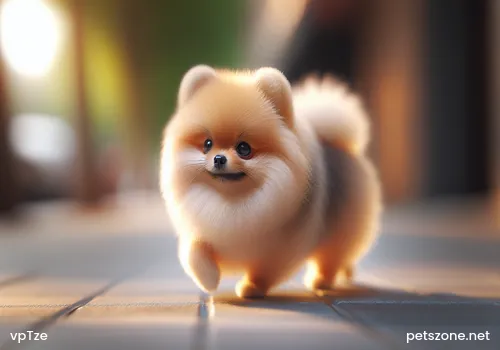
Nini says: Actually, my fur is thick enough, but I still want to dress nicely outside so my parents can show off a bit~
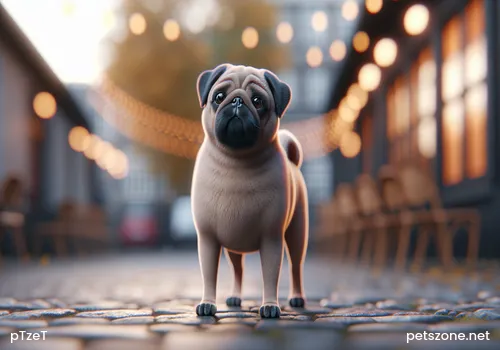
Nini says: Actually, my fur is thick enough, but I still want to dress nicely outside so my parents can show off a bit~
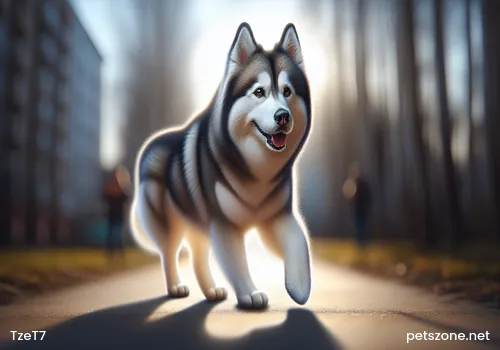
Meow meow meow, don’t stare at me. I know I’m stunning~ Of course, cats seldom wear clothes, rich suitors marry me~
2. Eat more to store fat for winter? NO!
Dear, your baby does not need to hibernate, and there’s really no need for tonic soups or all kinds of supplements. In winter, you can slightly increase food calories, but most pets nowadays are medium to overweight, so there’s no need for extra meals. Reduced exercise during winter plus the body's own regulation will increase fat accumulation, so the calories are enough.
As mentioned above, winter is a good season for fur growth. Owners can add some skin and coat supplements, such as oils containing Ω-3 and Ω-6. They help pets grow dense fur and increase skin resistance.
Additionally, bone health is very important. Winter is a high incidence period for joint diseases. Temperature drops directly trigger pain in spinal disease areas. With minimal exercise, dogs can endure less and get sick. To prevent this, first keep warm; second reduce exercise; third use joint protectants, such as glucosamine hydrochloride and chondroitin sulfate supplements. If symptoms occur, timely veterinary care is necessary.
Growing puppies and kittens need calcium supplements and care in winter. Relatively, winter is a high-risk season for puppy fractures. Good bone supplements balance calcium and phosphorus ratios.
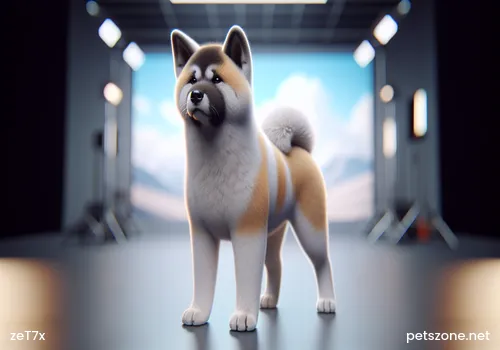
Alright, alright, I admit it, I’ve gotten as fat as a polar bear...
3. A luxurious living space~
A warm nest in winter is essential for your babies. Experienced owners will find that although it is winter, pets don’t like to be covered with blankets but prefer curling up in warm places. Cats like computer towers or heat sinks; dogs like sofas or even their owners’ beds. Therefore, setting up a soft, thick nest is the top choice. A soft texture will encourage your pet to give up your bed to sleep in its own nest. A thick mat blocks cold coming from the floor. Similarly to clothing, cotton nests are best.
Finally, an easily overlooked issue is the size of the nest. The nest should be about the same size as your pet’s sleeping posture. Keep in mind, this is their sleeping place, not a play area. A nest that’s too big provides unnecessary space, which may make the cat feel unsafe or cause the dog to mistake it for a play area like a sofa. They may abandon their nest and sleep on your bed.
However, there are two cases to pay special attention to in keeping warm: young puppies and kittens, and sick pets. Besides sufficient rest, ensure the resting place temperature is maintained. Heating pads and electric heating lamps are excellent choices. Chronic pets also need warmth, such as dogs with respiratory and heart diseases. The key is a relatively high room temperature and good air circulation. Electric heaters and heating lamps work better than air conditioners because hot air rises, leaving little heat near the floor. Clothes provide limited warmth, but dogs and cats are smart enough to go where it is comfortable. So don’t worry about the limits of electric heaters.
A special reminder: never put a heat pack on your baby. Some owners feel sorry for their pets and stick on heat packs. This is risky: one, temperature is hard to control and can cause serious burns (dogs and cats have higher body temperatures, so heat packs generate more heat for them); two, localized heat discomfort may cause pets to chew and ingest foreign objects, which is harmful.
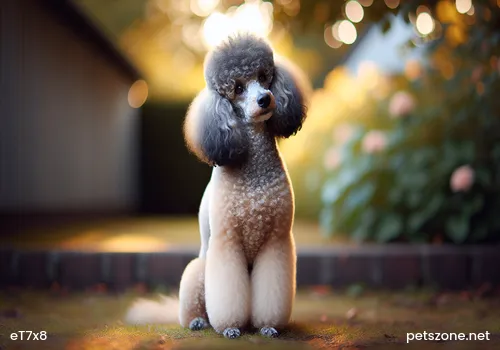
This girl is a negative example; don’t imitate her~
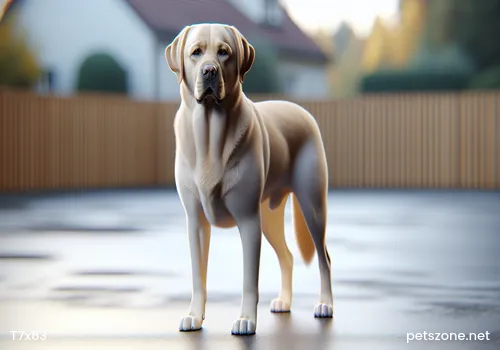
The nest doesn’t have to be big, as long as it’s enough to sleep in~
4. How can their vitality be unaffected by this winter? Up so early demanding to go out!
Many owners complain, why do my babies never want to stay in bed in the morning, even though it’s so cold, they just keep their routine to go out? That’s because dogs have very accurate biological clocks, and seasonal changes don’t affect them at all. Cats, on the other hand, love warmth and tend to lounge at home without being active.
However, for friends in the south, reduce going out on heavy smog days. Pollution is heaviest near the ground layer, and your baby is breathing in the worst quality exhaust.
Here are three types of dogs that should avoid going out in winter:
1. Puppies should not be taken out or transported long distances on smoggy days. First, environmental changes cause stress; second, clinically, puppies with lower immunity are more prone to respiratory symptoms such as coughing and runny nose, requiring a long recovery period. Severe cases may not heal.
2. Dogs with bone, joint, or heart problems are not recommended to exercise outdoors in winter. The cold plus exercise can directly trigger illness.
That’s all for the nagging for now. Any questions, friends?
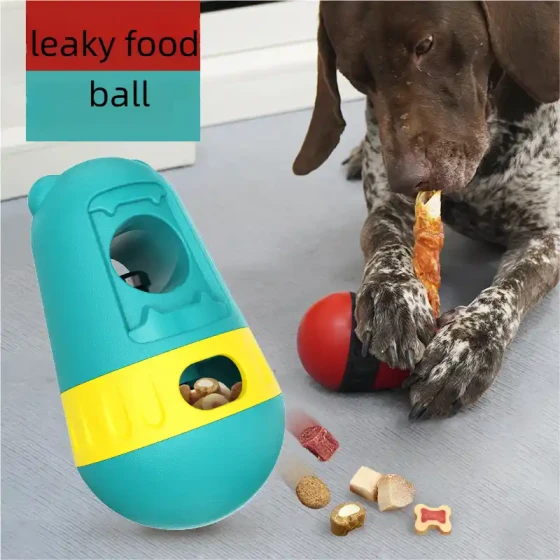
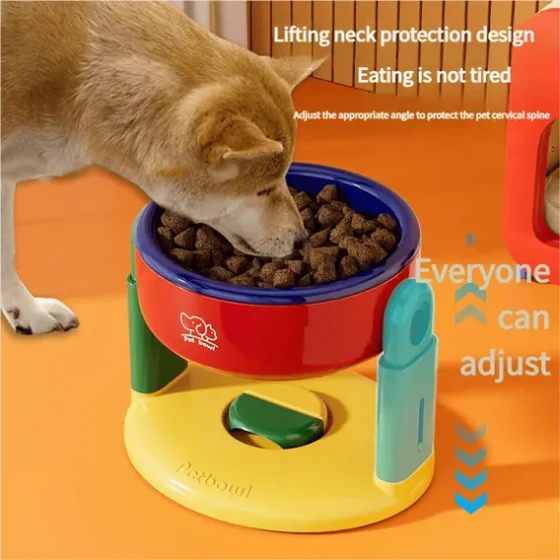
-560x560.webp)